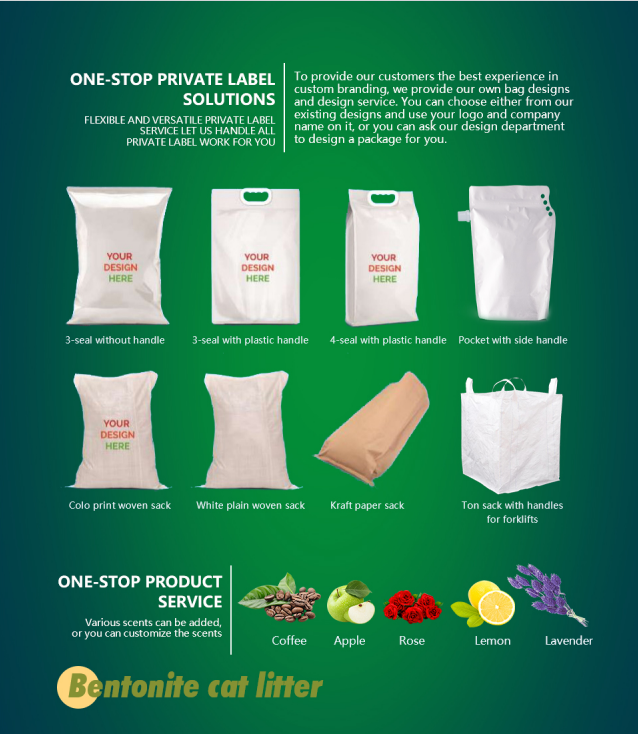Understanding Fireproof Door Seal Strips A Critical Safety Component
When it comes to enhancing safety in buildings, especially in industrial and commercial sectors, fireproof door seal strips play a crucial role. These strips, often made from various fire-resistant materials, are designed to provide a barrier against smoke, heat, and flames during a fire. This article will explore the significance, functionality, and types of fireproof door seal strips, as well as their installation and maintenance.
The Importance of Fireproof Door Seal Strips
Fireproof door seal strips are essential for any establishment that prioritizes the safety of its occupants and property. In the event of a fire, these strips help to contain flames and smoke within a specific area, allowing for a safer evacuation process and minimizing damage to other parts of the building. According to fire safety regulations, many building codes require the use of these seals, particularly in commercial properties, schools, hospitals, and other facilities where large crowds gather.
The primary function of fireproof door seal strips is to enhance the fire resistance of doors. They are typically installed around the perimeter of fire-rated doors, filling gaps that may allow smoke or flames to penetrate. This helps maintain the integrity of fire-rated doors, which are rated based on their ability to withstand fire for a specific duration.
How Fireproof Door Seal Strips Work
Fireproof door seal strips are designed to expand when exposed to heat, creating an airtight seal that prevents smoke and flames from passing through
. There are different types of materials used in manufacturing these strips, including intumescent materials, silicone, and rubber.1. Intumescent Strips These strips are made of materials that expand significantly when subjected to high temperatures. Upon ignition, they swell up to fill the gaps between the door and its frame, effectively blocking the passage of smoke and fire.
fireproof door seal strip

2. Silicone Seals These are heat-resistant and provide good flexibility and durability. Silicone seals remain effective even under extreme temperatures, ensuring a reliable barrier.
3. Rubber Seals Although less effective under high-temperature conditions compared to intumescent seals, rubber door seals offer a degree of fire resistance and are commonly used for sealing gaps in non-critical fire-rated doors.
Installation and Maintenance
Proper installation of fireproof door seal strips is paramount to their effectiveness. The installation process typically involves measuring the door frame accurately, cutting the seal strips to fit, and attaching them with suitable adhesive or mechanical fasteners, ensuring there are no gaps left exposed. It’s crucial to follow the manufacturer’s guidelines and local building codes during installation.
Maintenance is equally important. Over time, seal strips may wear or degrade due to environmental factors or regular use. Regular inspections should be conducted to ensure that the seals maintain their integrity and effectiveness. If any signs of damage are found, such as tears, deformations, or loss of adhesion, immediate replacement is recommended.
Conclusion
In conclusion, fireproof door seal strips are a vital element in maintaining safety within buildings. Not only do they provide an additional layer of protection against fire and smoke, but they also play a significant part in complying with safety regulations. Choosing the right type of seal, ensuring proper installation, and conducting regular maintenance are critical steps in maximizing their effectiveness. Investing in high-quality fireproof door seal strips can save lives and protect property in the unfortunate event of a fire, making them an essential feature in any fire safety strategy.
-
Versatility with Tape Electrical InsulationNewsJun.09,2025
-
Floor Marking Tapes For WareHouseNewsJun.09,2025
-
Enhance Your Projects with PVC Electrical TapesNewsJun.09,2025
-
Enhance Your Projects with Automotive Wiring Harness TapeNewsJun.09,2025
-
Enhance Your Automotive Fabric TapesNewsJun.09,2025
-
Enhance Electrical Projects with Cambric TapeNewsJun.09,2025
